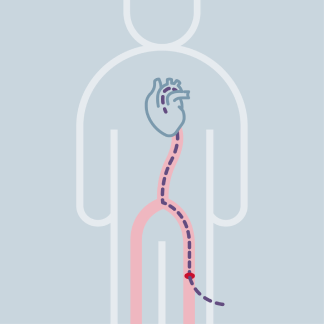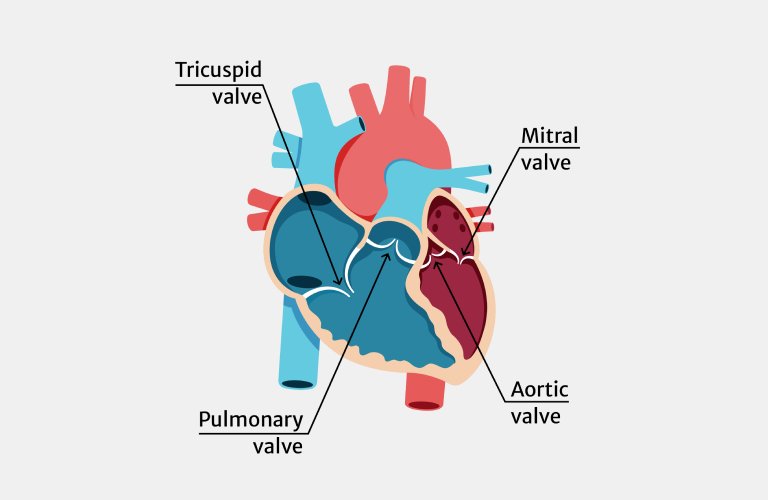I have severe aortic stenosis. What should I do?
If you have severe aortic stenosis, your aortic valve may need to be replaced.1 There are two ways to do this:1
- Surgical aortic valve replacement by open heart surgery
- TAVI (transcatheter aortic valve implantation/replacement), a minimally invasive procedure
SAVR (or surgical aortic valve replacement)1
The surgeon makes an incision into the chest to access the heart.1
The diseased aortic valve is completely removed and replaced with a mechanical or biological valve.2,3 The procedure typically takes 2–4 hours.3 Generally, a hospital stay of 1 week is advised, after the procedure.1 The Interventional Cardiologist makes a small incision (usually on the upper leg and occasionally, on the side of the chest) and inserts a new bioprosthetic valve into the diseased valve.2
TAVI is a relatively less invasive procedure than open heart surgery.2 The procedure typically 1–2 hours.4 You may be discharged from hospital within a day or two of the procedure, unless your doctor advises a longer hospital stay.4
TAVI or transcatheter aortic valve implantation1

Talk to your doctor to learn more about the benefits and risks of severe aortic stenosis treatments.
References
1. Mayo Clinic. Aortic valve stenosis. Available at: https://www.mayoclinic.org/diseases-conditions/aortic-stenosis/diagnosis-treatment/drc-20353145. Accessed 23 October 2023.
2. American Heart Association. Managing Aortic Stenosis Symptoms. Available at: https://www.heart.org/en/health-topics/heart-valve-problems-and-disease/heart-valve-disease-risks-signs-and-symptoms/managing-aortic-stenosis-symptoms. Accessed 23 October 2023.
3. Otto CM, et al. Circulation 2021;143:e72-e227.
4. British Heart Foundation. TAVI (Transcatheter aortic valve implantation). Available at: https://www.bhf.org.uk/information... Accessed 2 August 2023.








 Australia
Australia
 Brazil
Brazil
 Canada - French
Canada - French
 China - Taiwan
China - Taiwan
 Denmark
Denmark
 Finland
Finland
 Germany
Germany
 Italy
Italy
 Netherlands
Netherlands
 New Zealand
New Zealand
 Norway
Norway
 South Korea
South Korea
 Southeast Asia
Southeast Asia
 Sweden
Sweden
 United Kingdom
United Kingdom
 United States
United States
